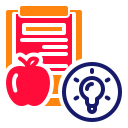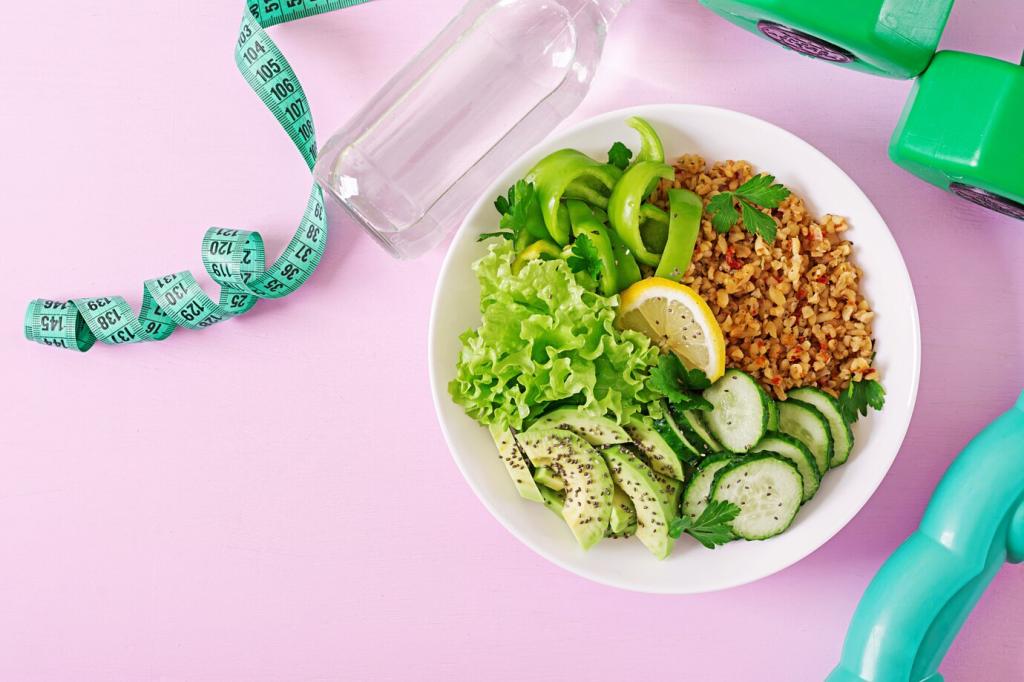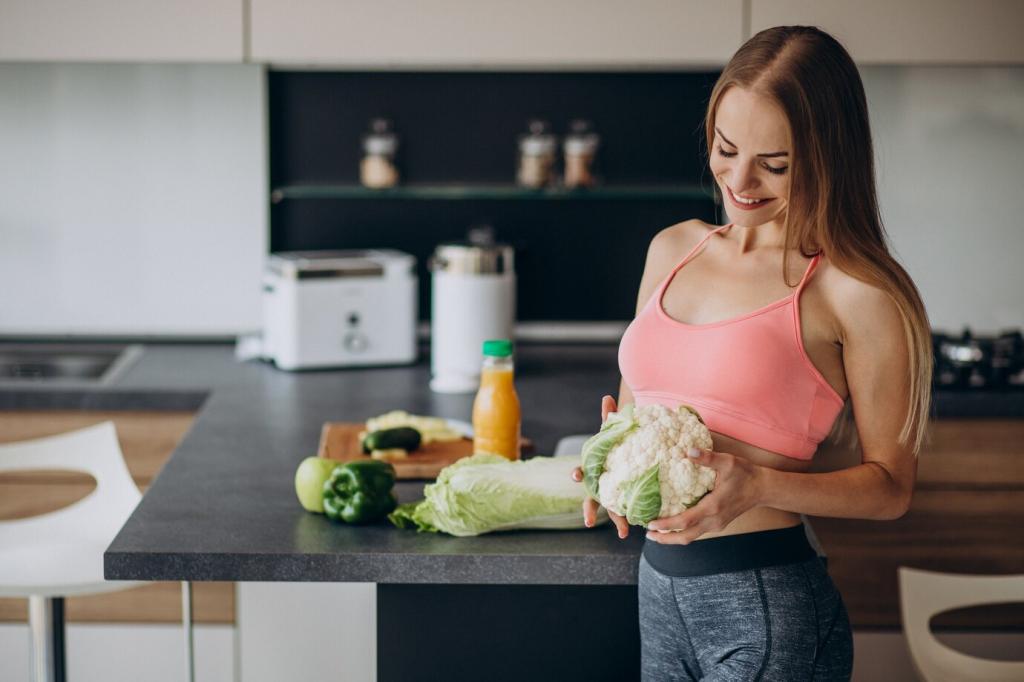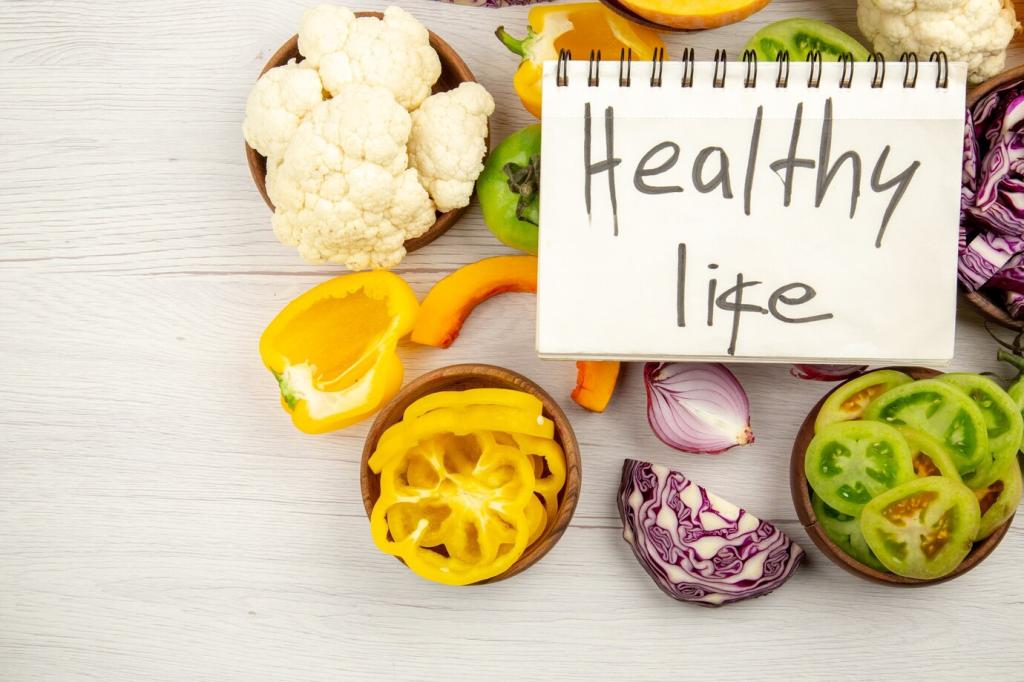Post-Workout Rehydration Without the Bloat
If you lost one kilogram, aim for 1.25–1.5 liters of fluid over the next few hours, ideally with sodium to improve retention. Spread intake in steady doses rather than slamming it. Combine with protein and carbs to accelerate recovery. Track how quickly your thirst, energy, and urine color normalize. Report your post-session plan and how it affects tomorrow’s readiness.
Post-Workout Rehydration Without the Bloat
Soups, broths, watermelon, oranges, yogurt, and lightly salted potatoes can meaningfully contribute to rehydration and electrolyte balance. They’re gentle on the stomach and provide micronutrients plain water cannot. Pair a hydrating meal with your drink to speed restoration. What’s your favorite hydrating, savory snack after a sweaty workout? Drop a photo and recipe to inspire other readers.
Post-Workout Rehydration Without the Bloat
High-alcohol drinks can impair rehydration and muscle repair, especially when consumed immediately post-workout. If you choose to drink, keep it light, eat a salty meal, and hydrate first. Your next-day session will thank you. Notice how small changes—one beer swapped for sparkling water—improve sleep and morning metrics. Share your experiments and how your body responded over a month.
Post-Workout Rehydration Without the Bloat
Lorem ipsum dolor sit amet, consectetur adipiscing elit. Ut elit tellus, luctus nec ullamcorper mattis, pulvinar dapibus leo.






